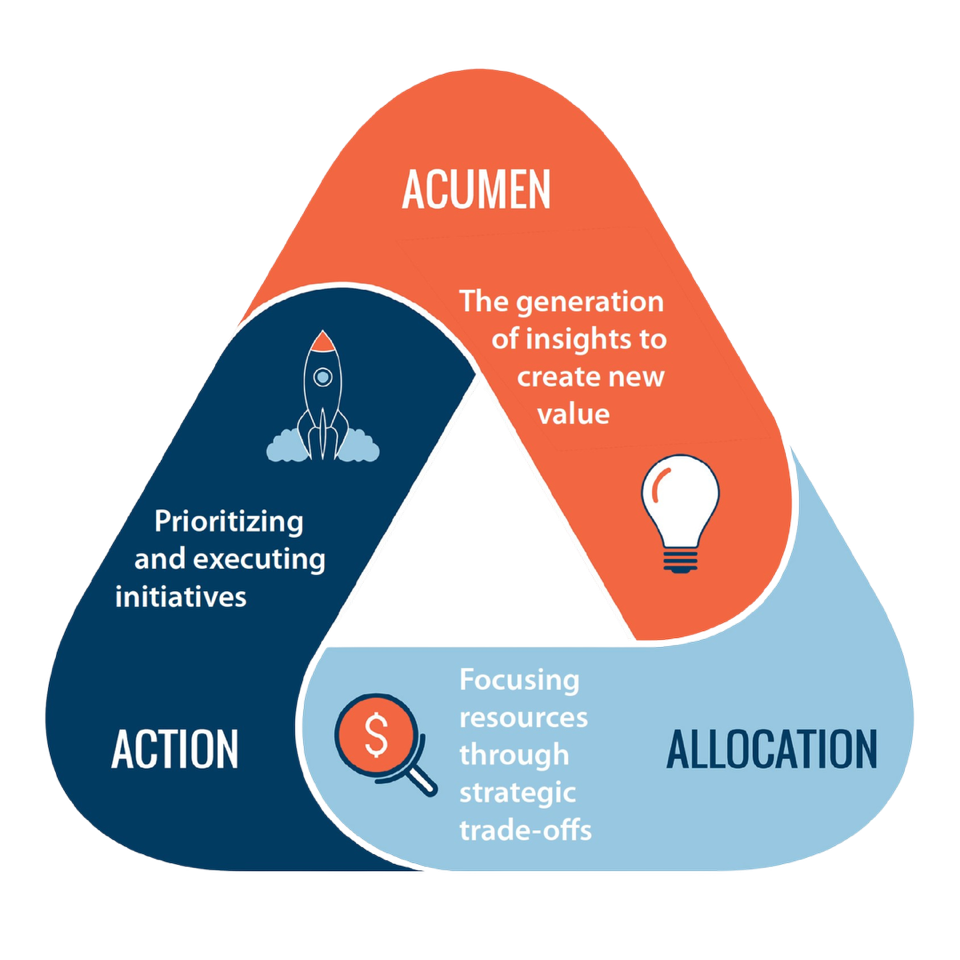Perioperative nurses are at the heart of robotic surgery’s rapid rise

Editor's Note As robotic-assisted surgery continues to expand across specialties, perioperative nurses are driving operational excellence, clinical outcomes, and team coordination—often serving as the linchpin of these high-tech surgical programs. According to an April 16 article from the Cleveland Clinic, the health system’s robotic surgery program illustrates how nurses are…
Study: Surgeon-anesthesiologist familiarity could reduce complications in select surgeries

Editor's Note Greater familiarity between surgeons and anesthesiologists was associated with reduced major morbidity in certain high-risk procedures, according to a Canadian retrospective cohort study published in JAMA Surgery. As detailed in a May 28 report from MedPage Today, the population-based analysis included more than 711,000 index procedures, finding an…
Simulation-based training boosts scrub nurses’ confidence in OR non-technical skills

Editor's Note Targeted training in non-technical skills significantly improves scrub practitioners’ self-efficacy—particularly in communication, teamwork, and situational awareness—according to a new randomized controlled trial published by BMC Medical Education on May 7. As reported in the study, 60 scrub practitioners from two Iranian hospitals were randomly assigned to intervention and…
How to build credibility after a promotion

Takeaways • Credibility and trust are intertwined. • Keeping a covenant with staff, cultivating executive presence, and building relationships help establish credibility. • Situations that pose challenges to building credibility include the first leadership role and leading in areas where the new manager lacks expertise. Whether it is a first-time…
Study shows WHO surgical checklist boosts safety, but compliance gaps risk patient outcomes

Editor’s Note Tertiary hospitals are embracing the World Health Organization (WHO) Surgical Safety Checklist (SSC), yet inconsistent compliance—especially during time-out—exposes patients to avoidable risks, Cureus April 29 reports. In this study, the researchers found that while overall integration of the SSC is promising, there were compliance gaps particularly in pre-incision…
Kentucky Derby, SPD race: Leadership lessons energized SPD professionals at HSPA 2025

Editor's Note A session at the 2025 Healthcare Sterile Processing Association (HSPA) Annual Conference used a striking analogy, comparing the Kentucky Derby to the daily operations of a sterile processing department (SPD) to energize professionals and reframe persistent challenges in the field, Infection Control Today April 27 reports. The article…
Hospitals make steady gains in patient safety amid persistent challenges

Editor's Note Hospitals are making measurable strides in patient safety and workforce resilience, but sustained focus is needed to maintain progress, according to a March 13 report in Chief Healthcare Executive. The article focuses on a new analysis from the American Hospital Association (AHA) and Press Ganey. Based on responses…
Strategic thinking tools, techniques transform vision to reality

Takeaways • The 3A Strategic Thinking Framework and the GOST Framework are examples of tools that can help make the abstract process of strategic thinking more concrete for perioperative leaders. • Carving out dedicated time for planning and fostering strategic thinking in others are important to achieve optimal results. •…
Study: Video-based assessment shows promise for assessing non-technical surgical skills

Editor's Note Automated surgical video analysis could enhance evaluation of an OR team’s nontechnical skills, according to a study published July 31 in JAMA Network Open. Conducted between January 2021 and May 2022, the cross-sectional study involved 30 cardiovascular surgical teams at a teaching hospital in Boston, Massachusetts. Using OpenPose,…
Collaborative leaders share strategies for gaining influence, building relationships

Takeaways Successful collaboration requires prioritizing teamwork and aligning new projects and ideas with the overarching goals of the organization. Strategies for making the case for a new project or initiative include establishing subject matter expertise, tailoring the message, and having a win-win mindset. The most influential leaders understand others’ perspectives…

 Free Daily News
Free Daily News